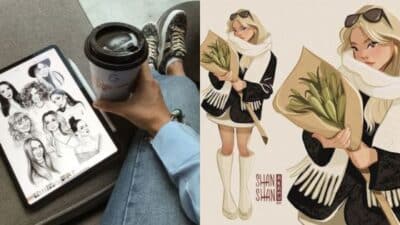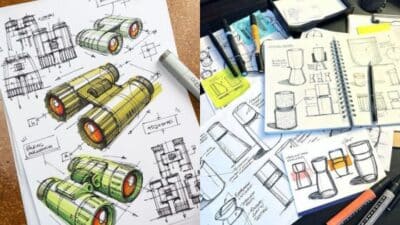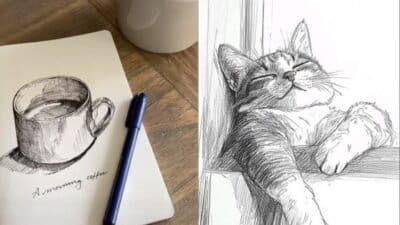

Line art can turn simple lines into powerful images that capture attention and spark creativity. It offers endless inspiration by showing how different styles and techniques bring life to drawings without relying on color or shading. This makes line art a great starting point for artists and designers looking to express ideas clearly and effectively.
Many find inspiration in the variety of line art styles, from delicate, detailed sketches to bold, graphic designs. Exploring the work of skilled artists and experimenting with new methods can open paths to fresh ideas. This article will guide readers through ways to draw inspiration from line art and improve their own creative work.
Key Takeaways
- Line art uses simple lines to create impactful images.
- Different styles and methods offer unique ways to inspire creativity.
- Studying artists and trying new techniques helps maintain fresh ideas.
Understanding Line Art
Line art uses lines to create images without shading or color. It focuses on shape, form, and texture through the use of simple or complex lines. This style often emphasizes direction and rhythm, which influence how a viewer sees the artwork.
Definition and Core Principles
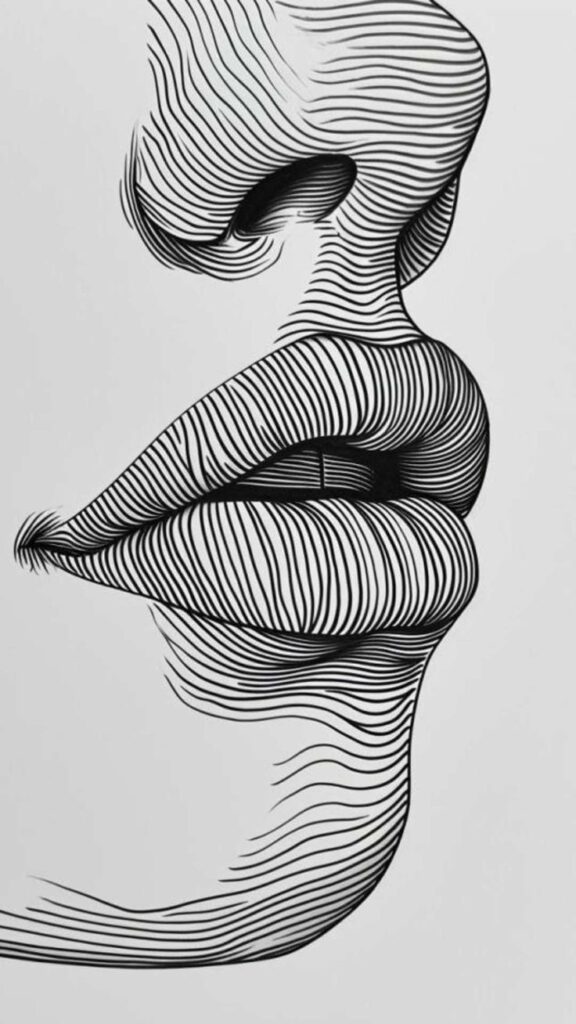
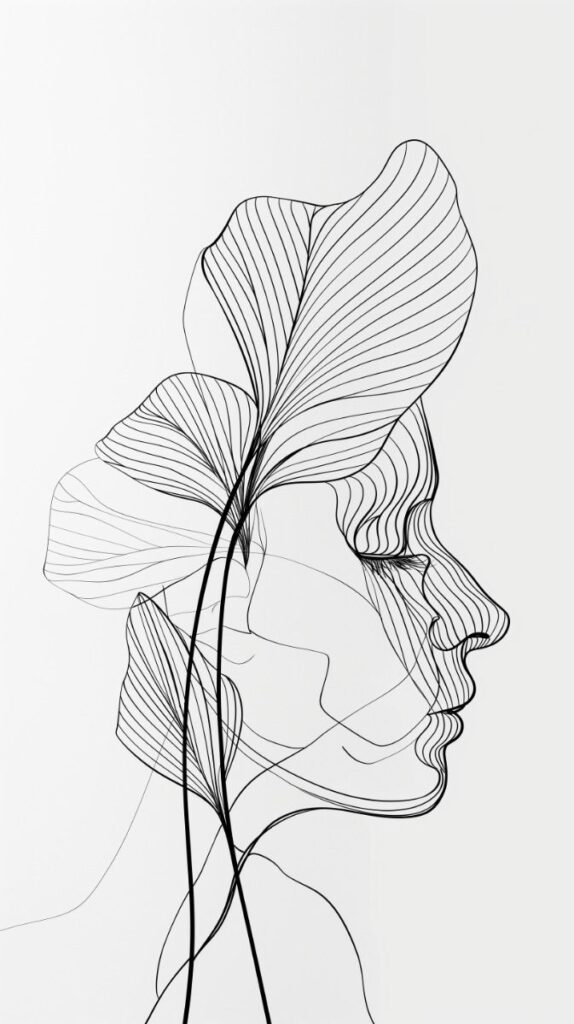
Line art is a drawing style made using only lines. These lines can be straight, curved, thick, thin, broken, or continuous. The main goal is to represent shapes and details without using color or shading.
The core principles include:
- Contour: Outlines that define the edges of objects.
- Hatching: Parallel lines to suggest shading or texture.
- Cross-hatching: Layers of lines crossing to show depth.
- Line weight: Thickness variation to create emphasis or perspective.
These principles work together to give a sense of structure and form using minimal elements.
Key Characteristics of Line Art

Line art typically avoids color and tones. Instead, it relies on the quality and placement of lines to convey meaning. It can range from simple sketches to detailed drawings.
Important characteristics include:
- Simplicity: Clear, clean lines without extra detail.
- Precision: Deliberate line placement to outline objects.
- Expressiveness: Lines vary to show movement or emotion.
- Minimalism: Less can be more; often fewer lines tell a stronger story.
These features make line art effective for logos, sketches, and technical drawings.
Historical Evolution of Line Art
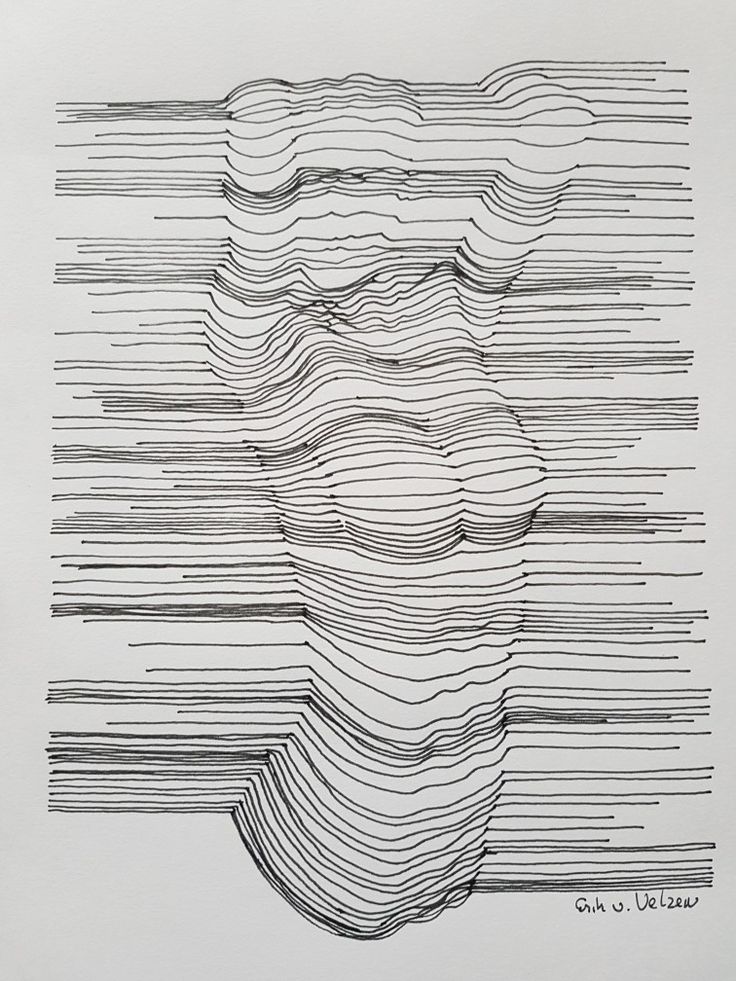
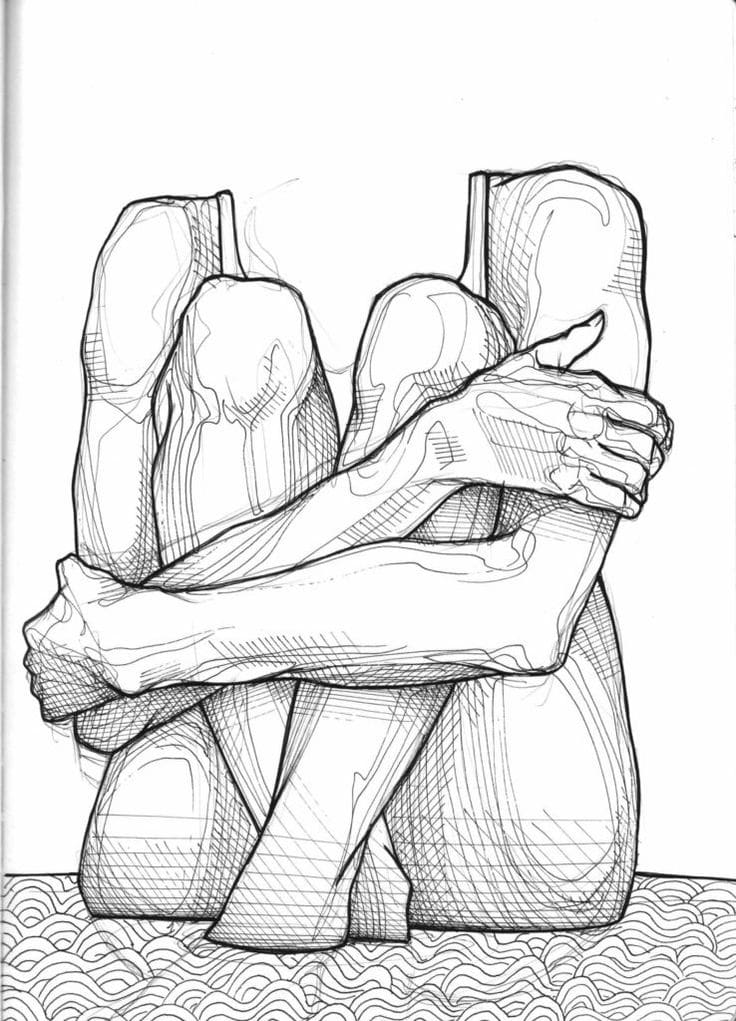
Line art dates back to prehistoric cave drawings, where early humans used simple lines to depict animals and symbols. Over time, line art developed in various cultures for different uses.
In ancient Egypt, hieroglyphics used clear lines to tell stories. During the Renaissance, artists refined line art for anatomy studies and prints. The 20th century introduced it into comics, graphic design, and modern illustration.
Today, line art remains popular due to its versatility and timeless appeal. It evolved with technology but still holds its traditional roots.
Popular Styles of Line Art
Line art includes various ways to create images using simple lines. Some styles focus on using as few lines as possible, while others use continuous lines or more abstract, complex shapes. Each type has its own technique and look.
Minimalist Line Drawings


Minimalist line drawings use very few lines to show an image. The goal is to capture the essence of the subject with simple shapes. Artists remove all extra details and focus on clean, clear lines.
This style often features thin lines and lots of empty space. It is popular for portraits, animals, and objects because it highlights form without distractions. Minimalist line art is easy to recognize and often feels calm and elegant.
Continuous Line Art
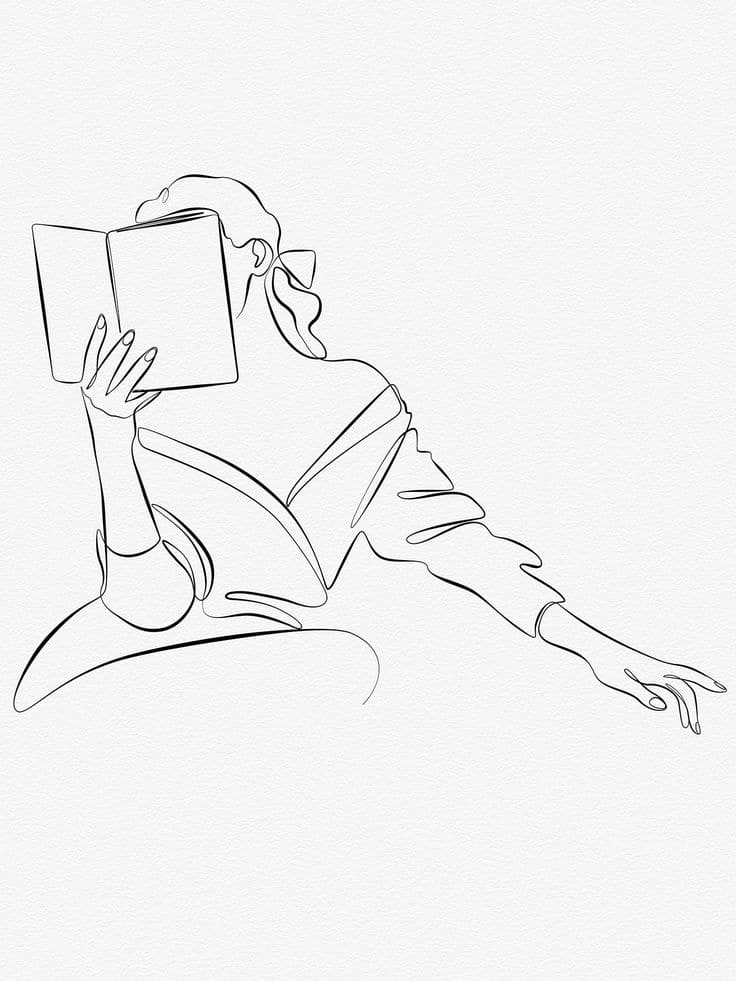
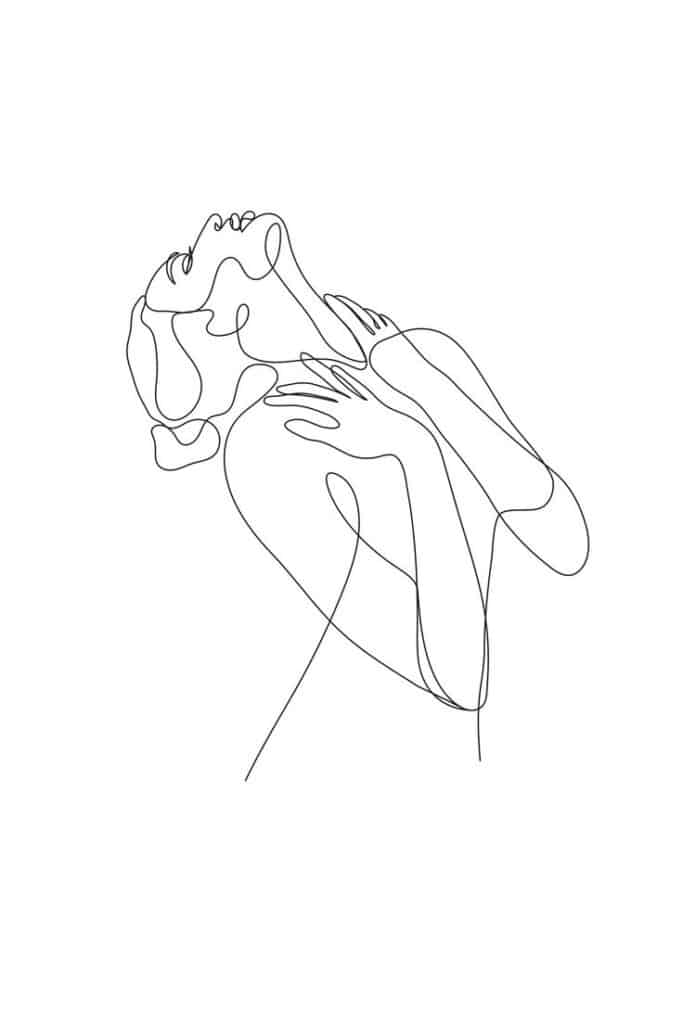
Continuous line art is made with one unbroken line. The artist draws without lifting the pen or pencil from the paper. This technique takes practice to keep the line flowing and smooth.
The style encourages creativity and can give artwork a dynamic, lively feel. It shows the artist’s skill in keeping the drawing connected. Continuous lines can create both simple shapes or complex designs, depending on the subject.
Abstract Line Creations

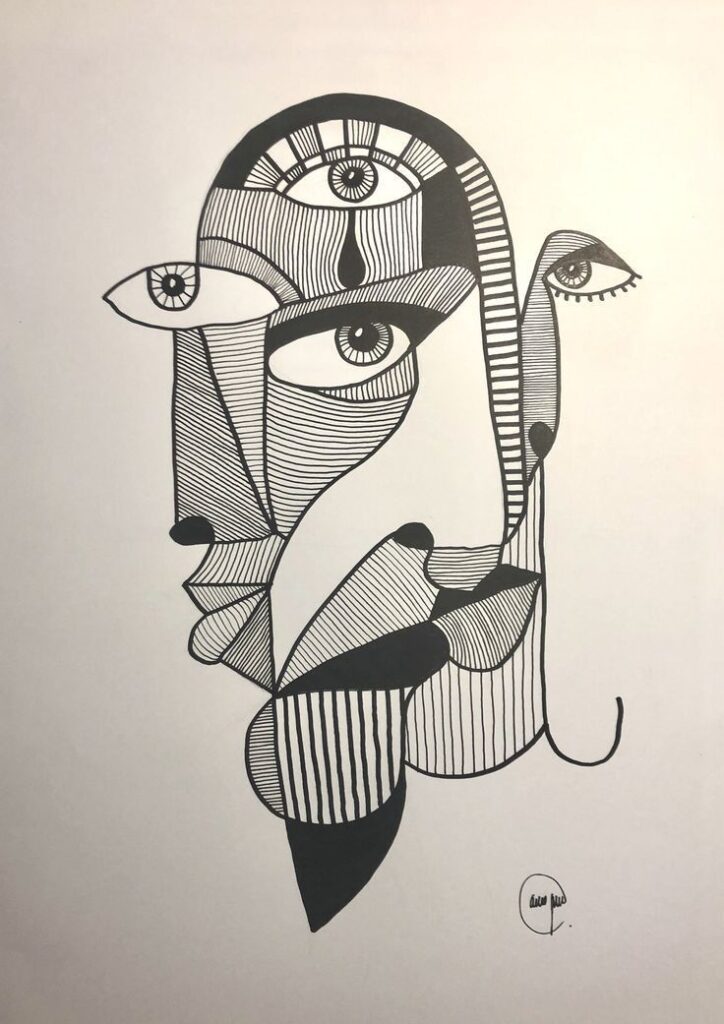
Abstract line creations use lines in a free and imaginative way. They often don’t represent real objects but instead focus on shapes, patterns, and movement. Lines can twist, overlap, or follow unusual paths.
This style allows artists to express emotions or ideas without clear forms. It’s common in modern art and can add energy or tension to a piece. Abstract line art invites viewers to interpret meaning in many different ways.
Techniques for Creating Line Art
Line art techniques focus on control, precision, and the tools used. Artists choose different methods based on the style and medium, whether digital or traditional. Many also combine materials to achieve unique effects.
Digital Tools and Methods


Digital line art relies on software like Adobe Illustrator, Procreate, or Clip Studio Paint. These programs offer brushes that simulate pencil, ink, and markers with pressure sensitivity for varied line thickness.
Layers help artists separate elements and make editing easier. Vector tools create clean, adjustable lines that maintain quality when scaled.
Using a graphics tablet or stylus gives better control than a mouse. Features such as undo and zoom allow for precise detail work without permanent mistakes.
Common digital techniques include using stabilizers to smooth lines and custom brushes for texture. These elements improve speed and consistency while maintaining crisp lines.
Traditional Drawing Approaches
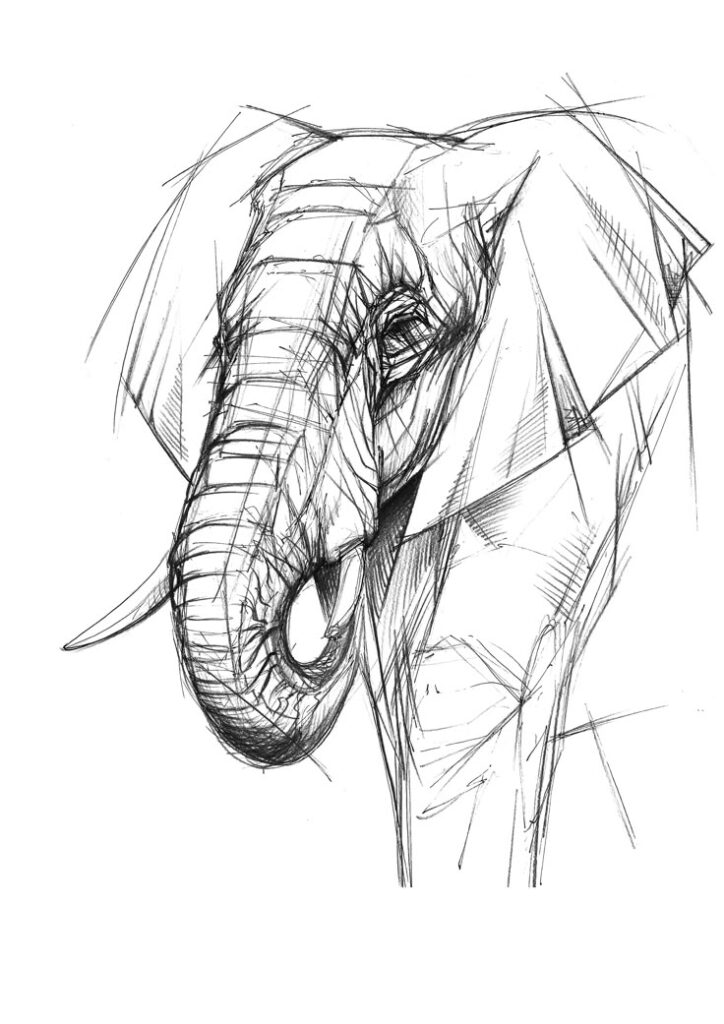
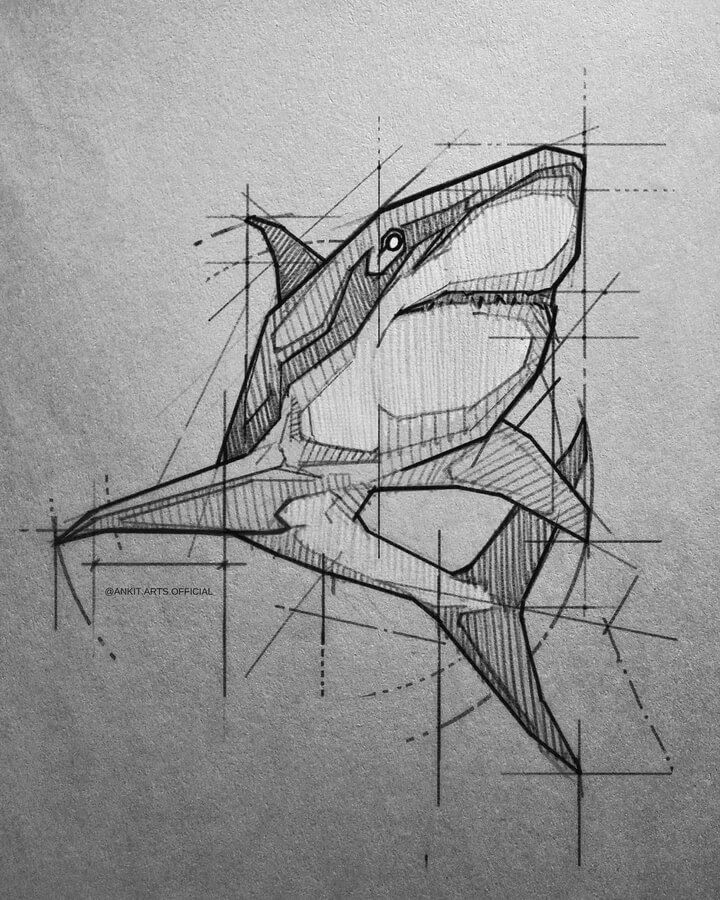
Traditional line art starts with simple tools like pencils, pens, and markers. Artists often sketch with pencil first and then ink over the sketch with fine liners or brush pens.
Line weight varies by pressure and tool type. Light, thin lines suggest detail, while thicker lines add emphasis or shadow.
Cross-hatching and stippling are popular to show texture or shadow. They create depth without color.
Paper choice affects the outcome: smooth paper suits ink, while rougher surfaces add character but can bleed ink.
Consistent practice is important. Steady hand control helps keep lines clean and intentional, which is key in traditional line art.
Mixing Mediums in Line Art
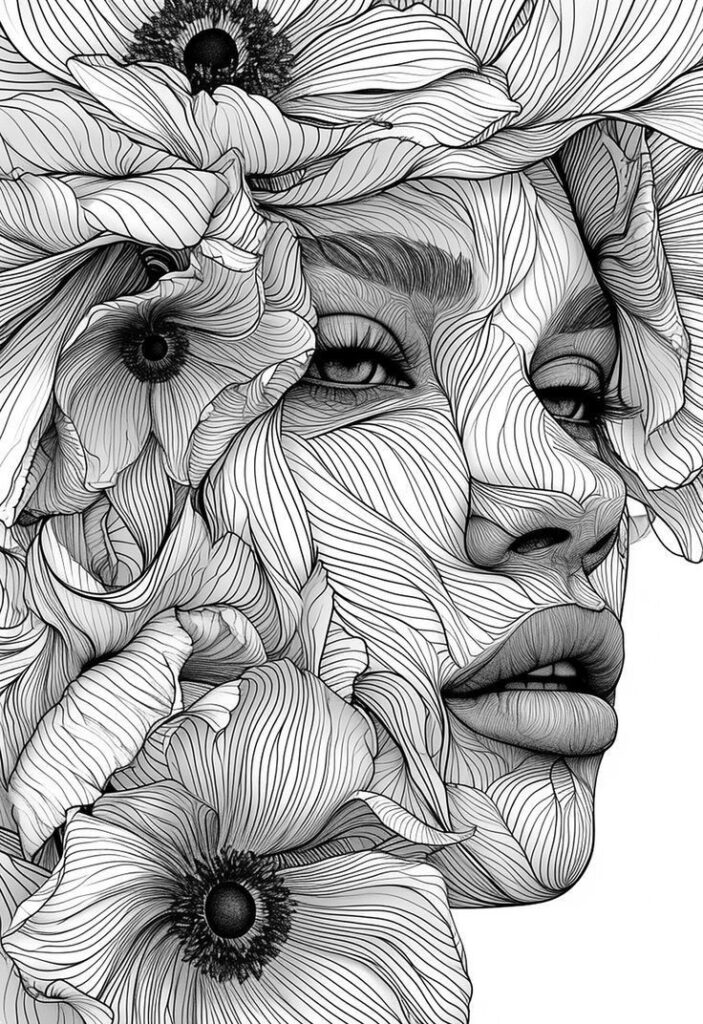

Combining different tools can create interesting textures and contrasts in line art. For example, ink can be paired with watercolor washes to add subtle background colors.
Artists sometimes scan pencil sketches, then refine or color the lines digitally for a hybrid look. This adds flexibility while keeping the hand-drawn feel.
Using markers or colored pencils alongside ink lines enriches the composition. Layering these materials produces both sharp lines and soft shading.
Blending digital and traditional techniques allows artists to use the strengths of each. This approach suits those who want precision and organic, textured effects in their artwork.
Sources of Line Art Inspiration
Line art can draw ideas from many places. Some of the strongest sources come from the shapes and patterns found in the world around us. These ideas offer simple yet powerful elements to build creative and meaningful artwork.
Nature and Landscapes


Nature offers endless inspiration for line art. Trees, leaves, and flowers provide organic shapes and flowing lines that are easy to translate into simple designs. The patterns in tree bark or leaf veins can be used to create texture and detail without color.
Landscapes like mountains, rivers, and clouds give artists natural forms to outline. These shapes often have soft curves combined with jagged edges, which help add contrast and variety in line thickness.
Animals also serve as an excellent source. Their outlines and key features, like feathers or fur patterns, can be drawn with clean lines to express character and movement.
Human Figures and Faces
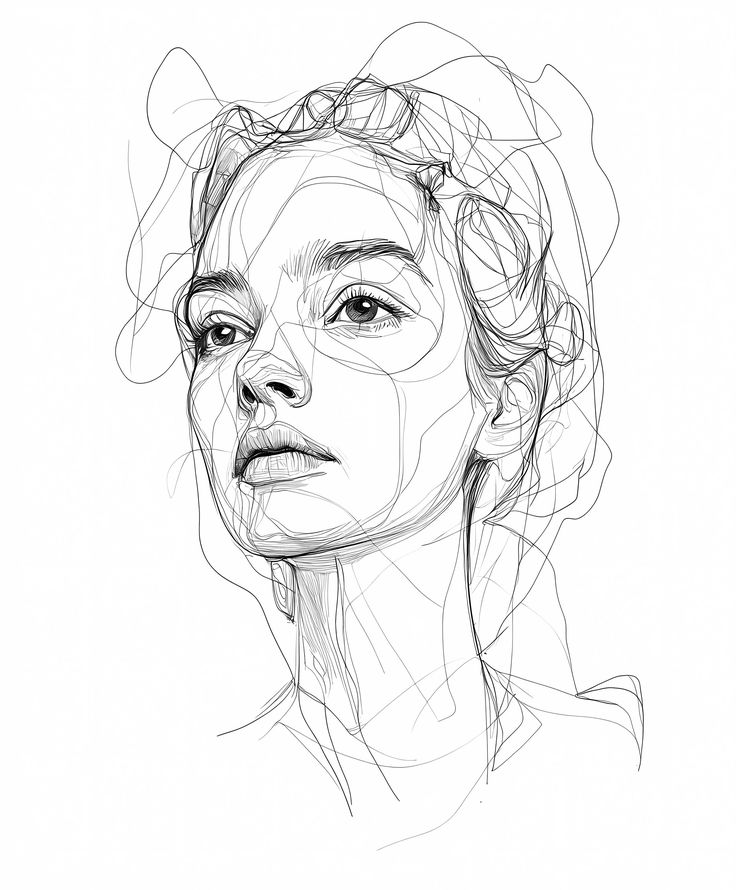
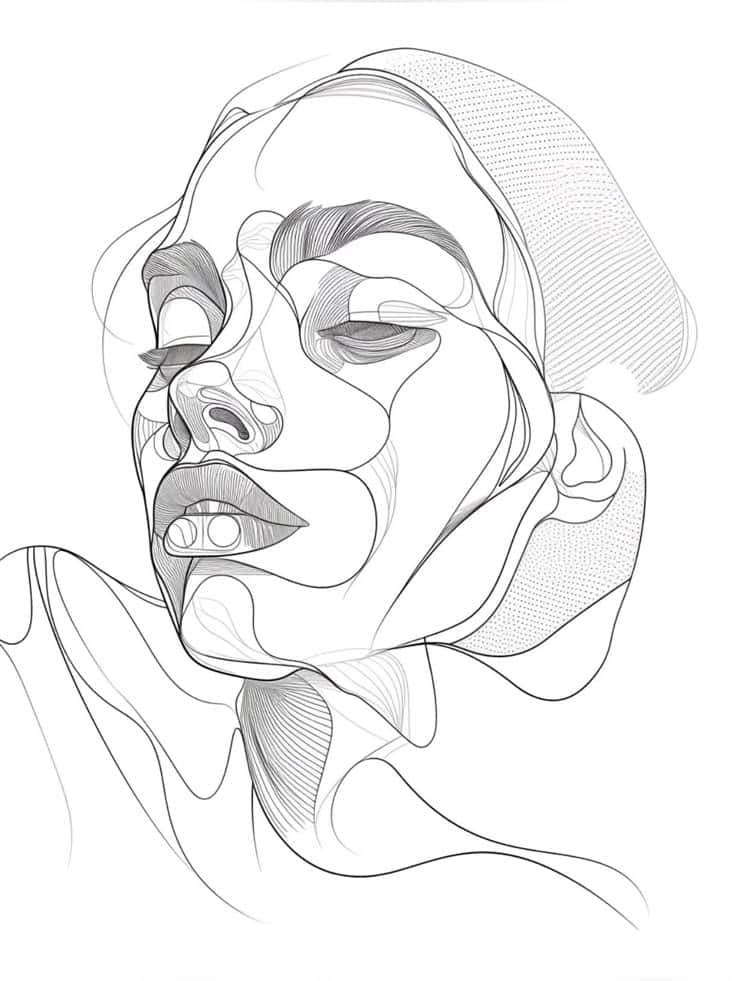
The human body is a classic subject in line art because of its expressive shapes and gestures. Capturing the outline of a person in a simple line drawing requires attention to proportion and flow.
Faces show personality through eyes, noses, mouths, and contours. Minimalist line art focuses on key facial features or expressions to communicate emotion in few strokes.
Movement in poses helps artists add life to flat drawings. Curves in limbs and body posture reveal mood and action that make the art more relatable and dynamic.
Architecture and Urban Scenes
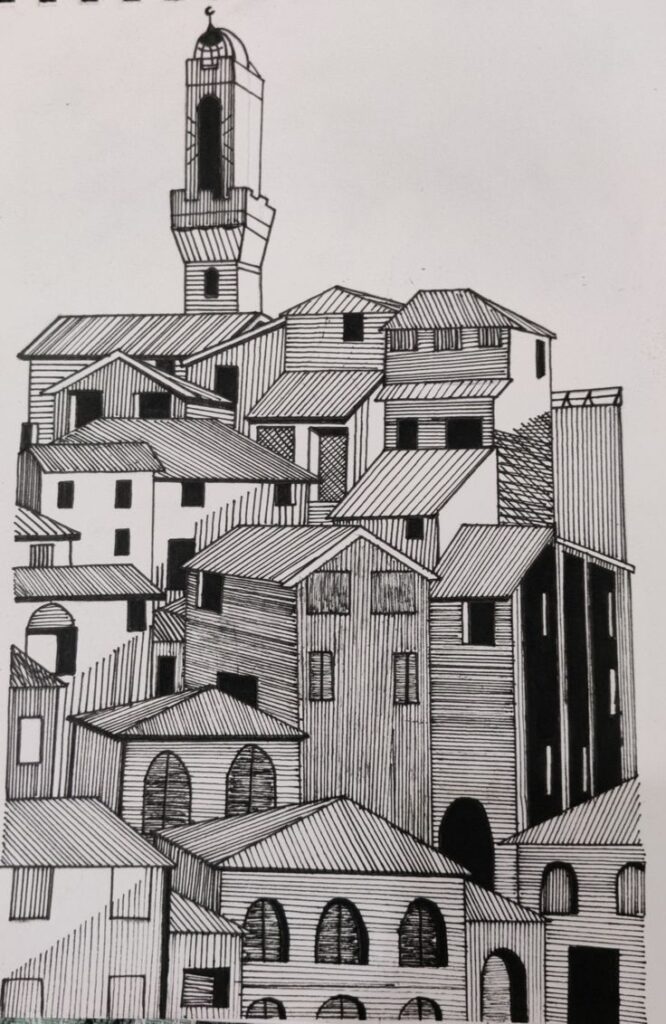

Buildings and cityscapes provide strong geometric shapes for line art. Straight lines, right angles, and repeating patterns from windows or bricks create structure and order.
Famous landmarks are often simplified into clear outlines that still show recognizable details. This makes them ideal subjects for bold and straightforward designs.
Urban scenes like streets, lamp posts, and bridges combine soft curves with hard edges. This mix helps artists show the contrast between natural flow and human-made precision in their work.
Notable Line Artists and Influences
Line art has been shaped by a variety of artists from different times. Some historical figures set the foundation, while modern creators push boundaries. New trends also show how line art continues to evolve.
Famous Historical Line Artists
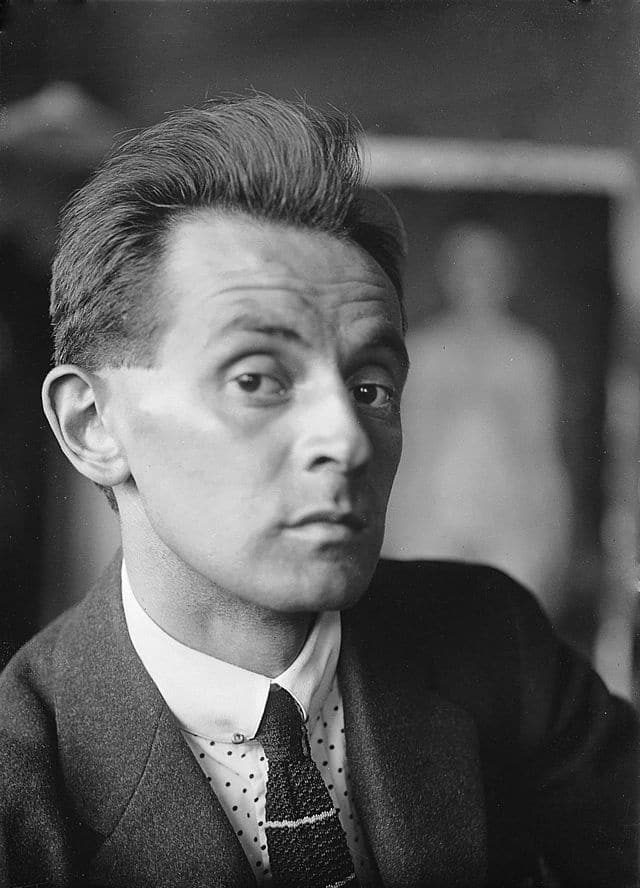
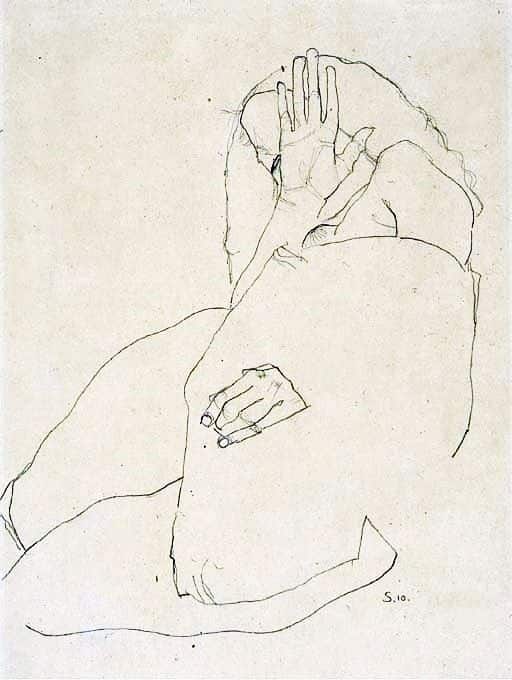
Albrecht Dürer is one of the most well-known historical artists in line art. His woodcuts and engravings showed intricate detail and fine lines that set high standards for future artists.
Hokusai, a Japanese artist, is famous for his bold, flowing lines in ukiyo-e prints. His work influenced many Western artists and helped globalize Japanese line art styles.
Egon Schiele used expressive, raw lines to capture human emotion. His work stands out for its strong, almost jagged lines that create a distinct mood.
Influential Contemporary Creators
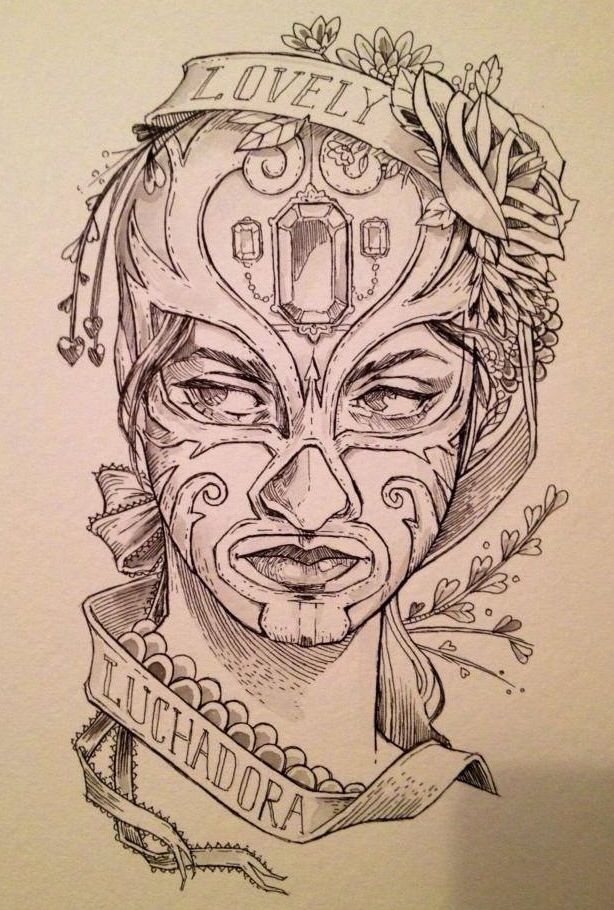
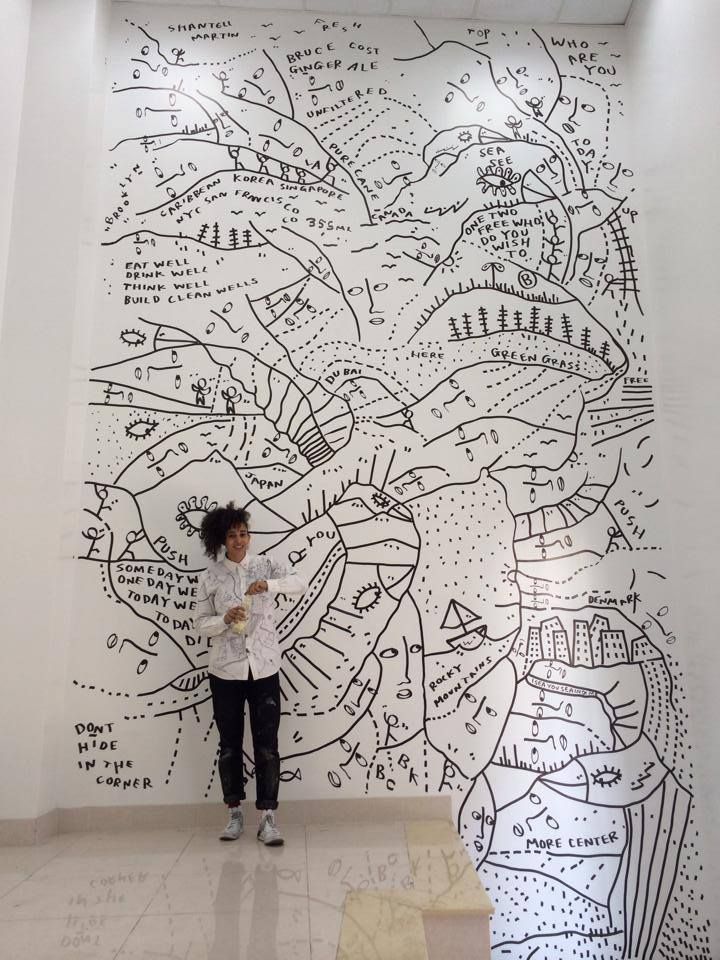
Chiara Bautista is known for her surreal black-and-white line drawings. She uses clear, smooth lines to create fantastical, dreamlike scenes with a dark twist.
Shantell Martin draws large-scale line art that often explores identity and social issues. Her simple, continuous lines form faces and figures with deep meaning.
David Shrigley mixes humor and satire with his line art. His sketches look simple but often carry sharp, witty commentary on everyday life.
Emerging Trends in Line Art

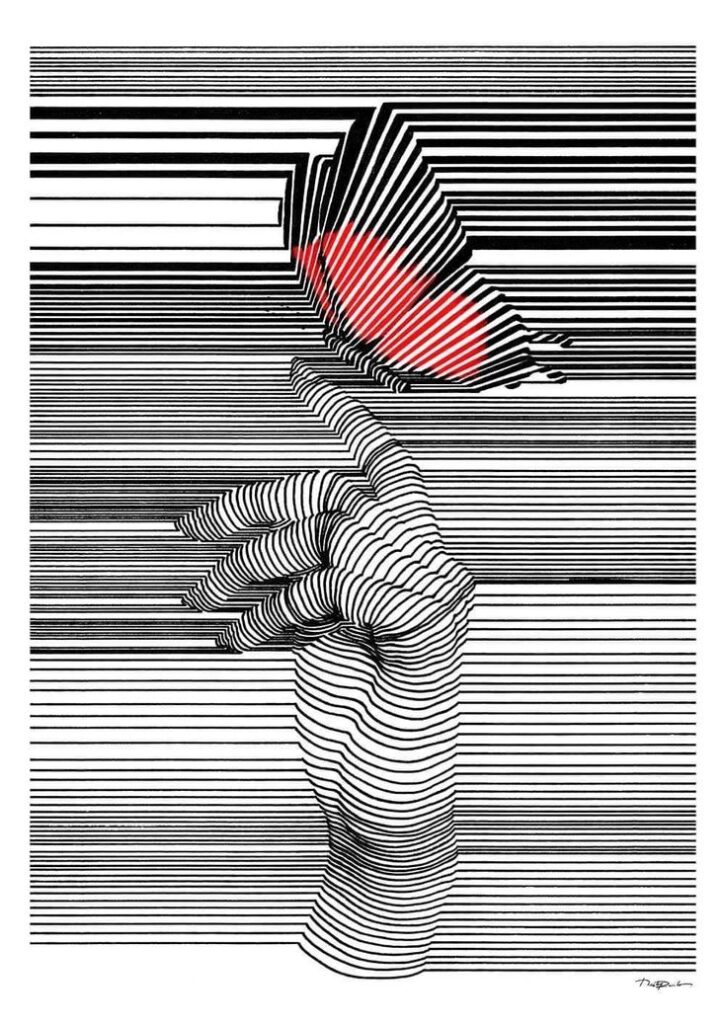
Minimalism is a strong trend, using fewer lines to suggest shapes and ideas. Artists focus on clarity, removing unnecessary details to highlight key forms.
Digital line art gains popularity with tools like tablets and software. This trend allows for precise, editable lines and easy sharing on social media.
Another trend is combining line art with colors or textures. Artists layer lines over watercolor or digital backgrounds to add depth while keeping line work central.
Practical Applications of Line Art
Line art serves many purposes across different fields. It adds clarity and style to visual projects. Its simple yet bold look fits various designs, from print to fashion.
Illustration and Graphic Design


Line art is essential in illustration and graphic design because it creates clear, sharp images. It works well for logos, icons, and website graphics, where simplicity improves recognition. Artists often use varying line weights to show depth or focus.
In editorial design, line art helps break up text and guide the reader’s eye. It also supports storytelling by emphasizing key elements without distraction. Digital artists use software to craft precise line art, making edits easier and faster.
Tattoo and Fashion Design
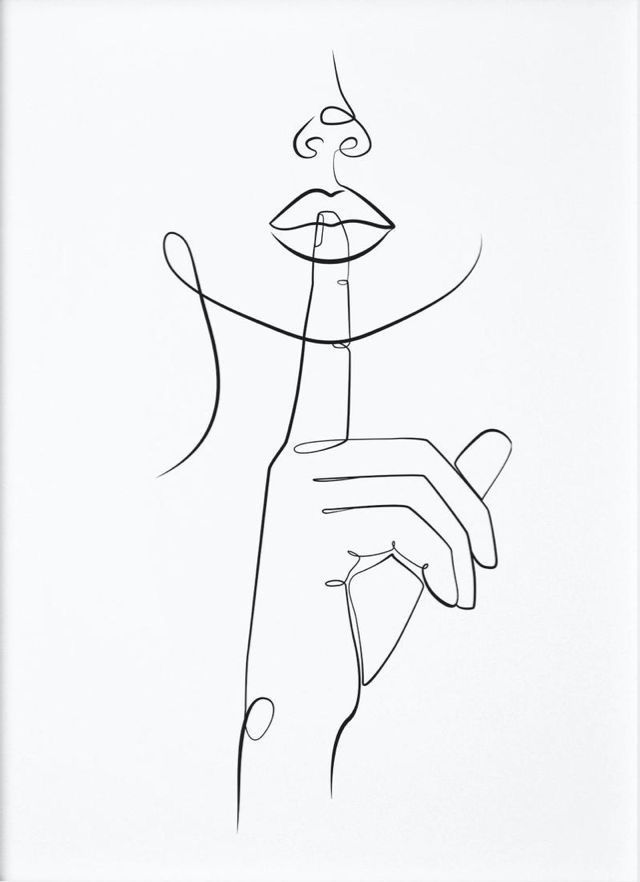

In tattoo design, line art is the foundation of most styles. Clean lines ensure the tattoo looks crisp over time. Artists use line art to sketch ideas before shading or coloring.
Fashion designers apply line art to create bold patterns and prints on fabrics. It helps simplify complex shapes into wearable art. Line art also appears in embroidery and screen printing, where it transfers well to different materials. This style is popular in both high fashion and casual wear.
Home Decor and Art Prints

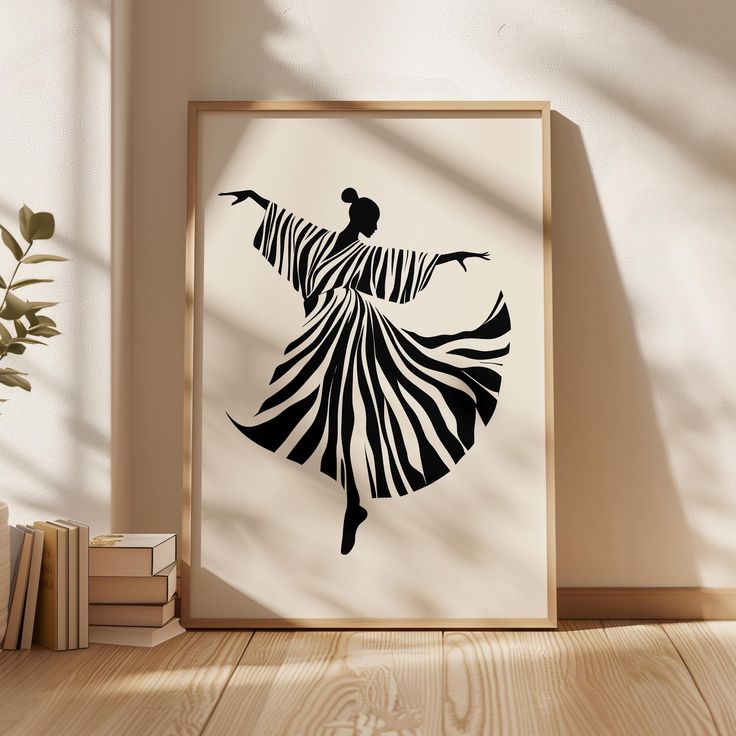
Line art plays a big role in home decor. Prints with simple lines create modern, elegant wall art. These pieces suit minimalistic or contemporary spaces well.
Designers use line art on items like cushions, rugs, and wallpapers to add subtle patterns. It gives interiors a clean, stylish look without overwhelming the room. Art prints often feature botanical or abstract line drawings for visual interest with low distraction.
Tips for Finding Ongoing Inspiration
Finding new ideas for line art takes regular effort and fresh input. Inspiration often comes from varied sources, active practice, and creative challenges. Staying engaged with art communities and personal habits keeps the creative flow steady.
Exploring Online Art Communities
Online art communities offer a vast range of styles and techniques. Platforms like Instagram, DeviantArt, and Behance feature artists who share line art regularly. Following and interacting with these creators helps artists spot trends and discover unique approaches.
Many communities also offer forums and groups where artists exchange feedback. This exchange can spark new ideas and growth. Watching live streams or tutorials deepens understanding of different line art methods.

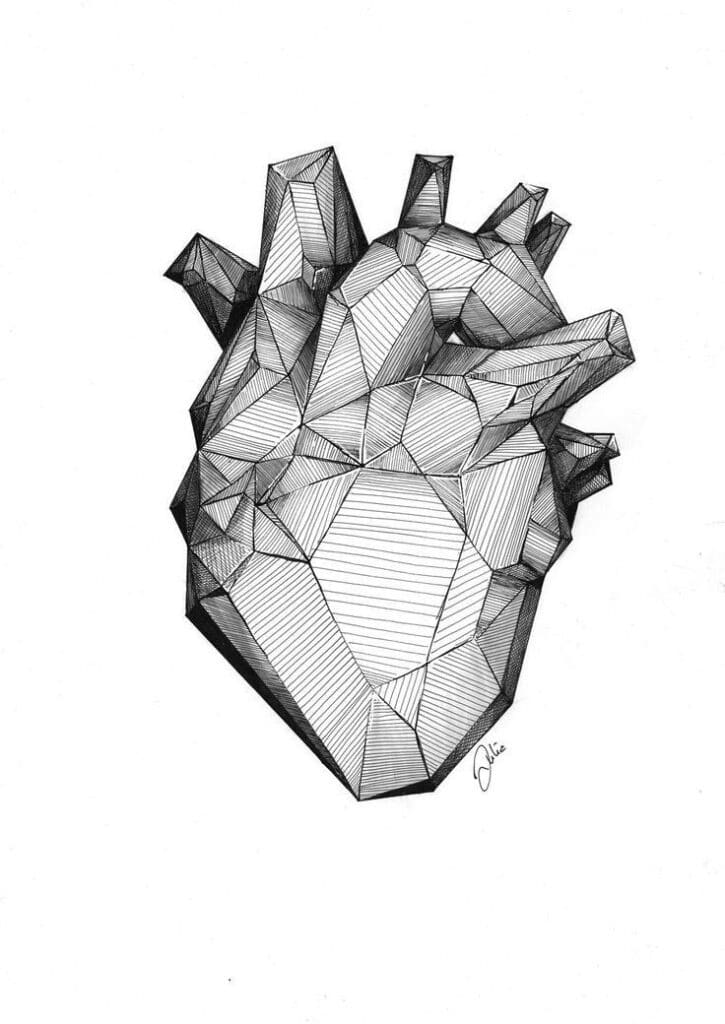
Journaling and Sketchbook Practices
Keeping a sketchbook or journal encourages daily creativity. Quick sketches of simple shapes, patterns, or objects help sharpen line work. Writing notes about ideas or observations connects thoughts to practice.
Using prompts or themes guides focused drawing sessions. Over time, this ongoing record builds a reference library. It also highlights progress and shifts in style.
Participating in Art Challenges
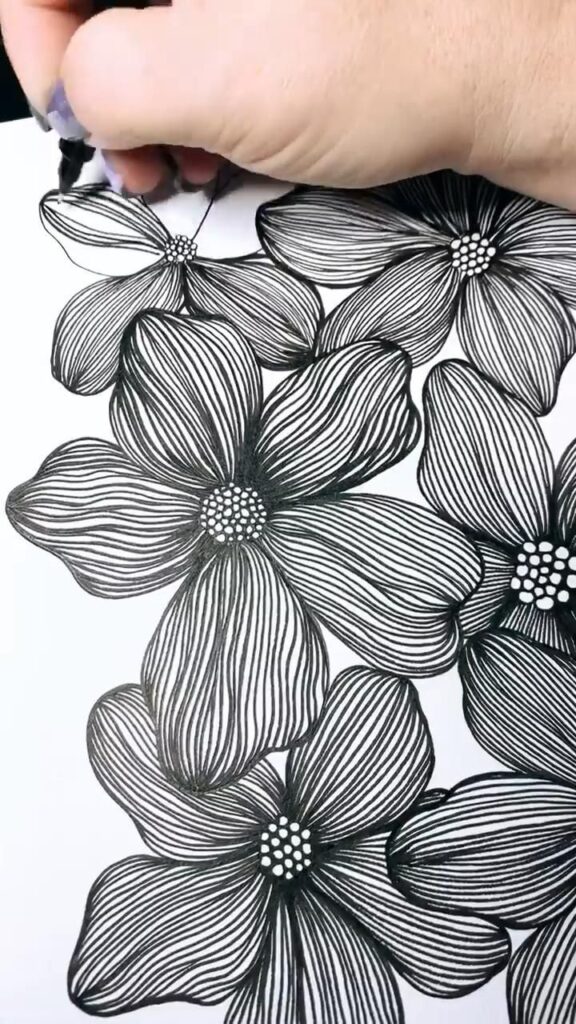
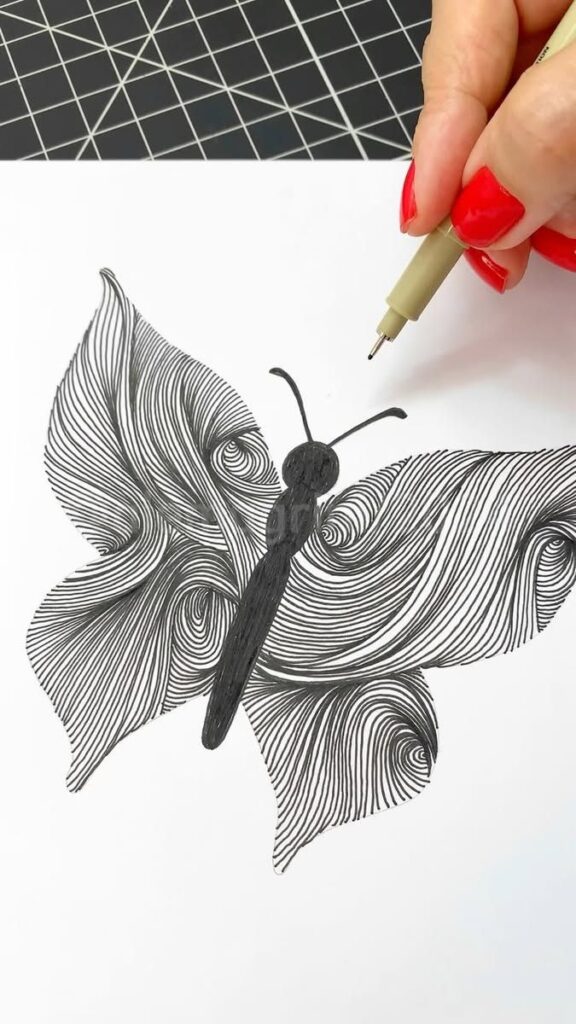
Art challenges provide structure and motivation. Monthly or weekly themes prompt artists to create specific types of line art. Participating increases discipline and pushes boundaries.
Challenges like Inktober or Draw This In Your Style gather artists worldwide. Sharing work in these events exposes artists to new audiences and fresh inspiration. It encourages trying new tools or techniques outside comfort zones.
Conclusion


Line art offers a simple yet powerful way to express ideas and emotions. It can capture detail with minimal lines and focus on shapes and forms.
Many artists find inspiration in everyday objects, nature, and even abstract patterns. Exploring different styles helps them develop unique works.
Using line art allows artists to experiment with texture, space, and contrast. It challenges them to convey meaning without color or shading.
For those interested in line art, practicing regularly and observing different sources can improve skill. It also helps to study the work of others for new ideas.
Line art remains a valuable tool for artists in many fields. Its clarity and simplicity make it easy to adapt and use for various creative projects.
- 158shares
- Facebook0
- Pinterest158
- Twitter0

